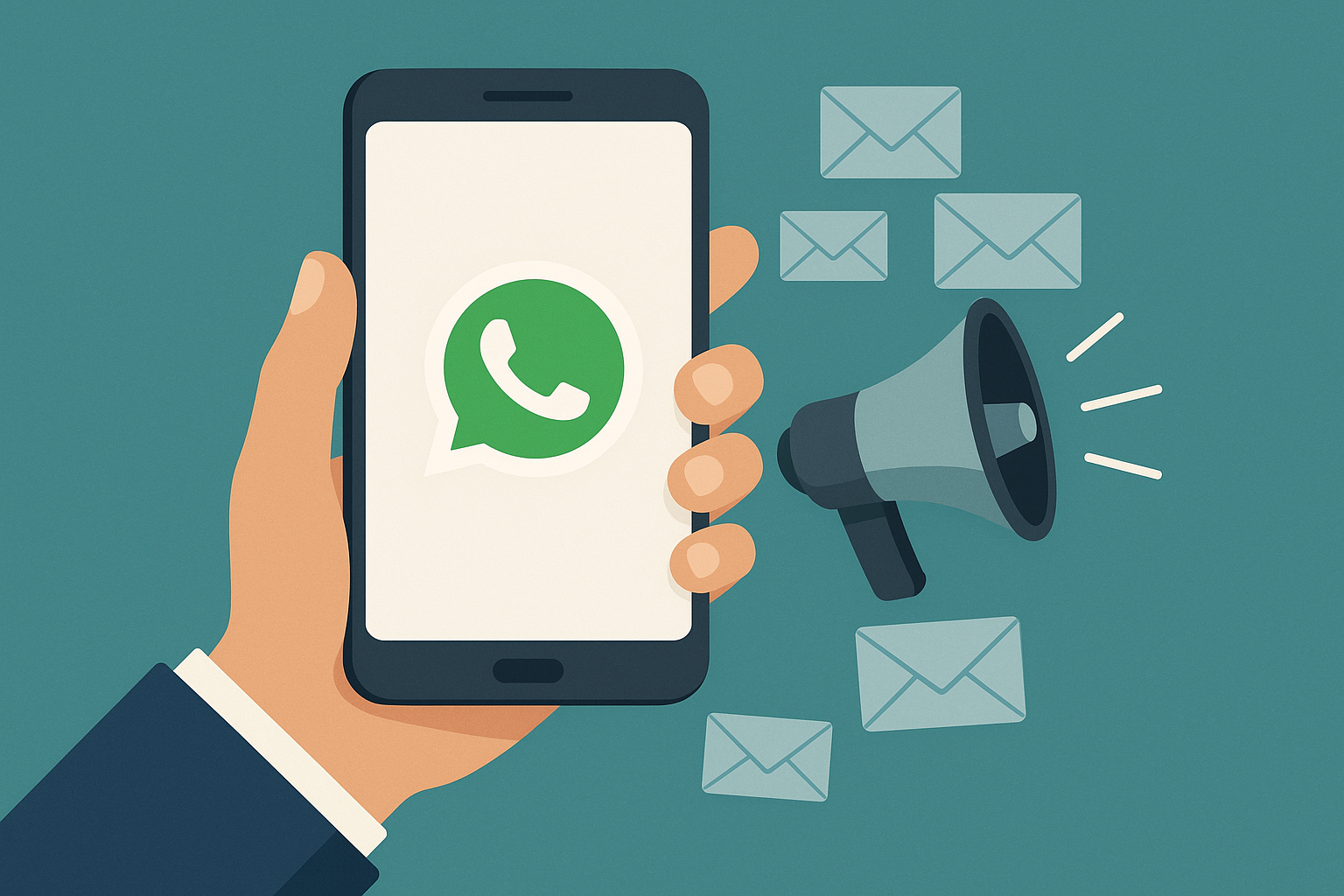Il paradosso della generazione di smartphone è che mentre nuovi prodotti e servizi colpiscono rapidamente il mercato, la preziosa fedeltà al marchio continua a diminuire.
I consumatori hanno più scelta che mai su quale banca o compagnia energetica usano, dove comprano cose o come tornano a casa da una notte fuori. La competizione per l’attenzione dei consumatori (e denaro) continua a spostare il potere dalle istituzioni agli individui.
Ne consegue che la lealtà è sempre più qualcosa che può essere guadagnato solo attraverso un eccellente servizio clienti su qualsiasi piattaforma in qualsiasi momento. Ecco 14 fatti e statistiche che inquadrano i motivi per cui il servizio clienti è un bisogno urgente dell’impresa.
I consumatori hanno sempre più una prospettiva digitale
1. Avere una strategia per smartphone è da tempo una posta in gioco per le aziende che affrontano i clienti. La società di consulenza gestionale McKinsey, ha intervistato i consumatori in una vasta gamma di settori verticali. Nelle telecomunicazioni, ad esempio, hanno scoperto che il 90% dei viaggi nel servizio clienti è iniziato in modo digitale e che il 76% dei clienti nel settore delle telecomunicazioni era soddisfatto di un percorso di servizio completamente digitale, rispetto al 57% di soddisfazione per le interazioni attraverso canali tradizionali come i call center.
24/7 customer service
2. Un recente studio dei consumatori condotto da West UC ha rilevato che il 70% degli intervistati desidera opzioni di servizio clienti più convenienti per supportare stili di vita 24/7, mentre il 74% concorda sul fatto che è frustrante quando il servizio clienti è disponibile solo durante l’orario di lavoro. Un ulteriore 47% vorrebbe vedere più opzioni di servizio clienti su misura per gli smartphone.
3. Lo stesso studio dell’UC ovest ha scoperto che le aspettative dei consumatori riguardo alla reattività dell’impresa erano elevate. La maggior parte desidera che la maggior parte delle richieste vengano trattate all’istante, dando il minimo vantaggio alle chiamate vocali.
4. BI Intelligence riferisce che le interazioni con il servizio clienti tramite metodi legacy sono diminuite del 7% negli Stati Uniti negli ultimi 2 anni, poiché i consumatori abbandonano i canali di servizio clienti tradizionali come voce ed e-mail per alternative automatizzate come la messaggistica.
5. BI Intelligence riferisce che le interazioni con il servizio clienti tramite metodi legacy sono diminuite negli Stati Uniti del 7% negli ultimi 2 anni, poiché i consumatori abbandonano i canali di servizio clienti tradizionali come voce ed e-mail per alternative automatizzate come la messaggistica.
The impact of poor customer service
6. Accenture estimates that the cost of customers switching due to poor customer service is $ 1.6 trillion.
7. Il rapporto Digital Disconnect In Customer Engagement va oltre. È emerso che il 52% dei clienti ha cambiato servizio durante l’anno passato a causa di un servizio clienti scadente, con banche, rivenditori e fornitori di televisione via cavo e via satellite i peggiori trasgressori.
8. Quasi la metà degli intervistati nello stesso studio Digital Disconnect (45%) ha dichiarato di essere disposta a pagare un prezzo più elevato per i prodotti se garantisse un livello di servizio migliore.
9. A consumer-business survey by video calling provider Sinch found that the 23% of respondents would switch to a bank that provided video calling as a customer service point of contact.
Businesses are responding
10. The use of A2P SMS continues to grow. In a recent report by analyst Ovum, A2P SMS messages were projected to rise to 1.28 tons, up from 1.16 tons in 2016.
11. Lo stesso rapporto Ovum ha indicato che l’uso di SMS come canale di comunicazione con i clienti continua a crescere e che gli SMS utilizzabili stanno diventando sempre più importanti per le imprese, con il 23% degli intervistati che afferma che il loro uso degli SMS a due vie è aumentato rispetto al ultimi 12 mesi. I chatbot sono rapidamente entrati a far parte del mix del servizio clienti, con la maggior parte delle app di chat che forniscono alle aziende l’accesso alle loro piattaforme di chatbot, per consentire interazioni completamente o parzialmente automatizzate con i clienti. Tuttavia, i chatbot non si limitano alle app; in effetti, la maggior parte dei servizi SMS a due vie sono anche alimentati da chatbot, ad esempio servizi basati su SMS che consentono a un cliente bancario di selezionare una transazione o di recuperare il saldo del proprio conto.
12. Le organizzazioni che hanno già lanciato chatbot hanno registrato una riduzione fino al 70% nelle richieste di chiamata, chat ed e-mail. Riferiscono inoltre una maggiore soddisfazione del cliente e un risparmio del 33% per coinvolgimento vocale, secondo Gartner.
13. Secondo Gartner, il 25% delle attività di assistenza e supporto ai clienti integrerà un chatbot entro il 2020, rispetto a meno del 2% nel 2017. Poiché le imprese realizzano i vantaggi del self-service automatizzato, combinato con la capacità di passare a un essere umano agente in situazioni complesse.
14. Tuttavia, la fiducia è un fattore determinante per i consumatori quando si tratta di chatbot e assistenti vocali. La maggior parte delle persone in un recente studio dell’Institute of Customer Service ha dichiarato di ritenere che le aziende dovrebbero renderlo completamente trasparente se e quando non hanno a che fare con persone reali.
Check out our latest A2P Messaging e-book - The Business of Communication for more insights into how SMS is shaking customer engagement.




Sou to Karina Da Silva, gostei muito do seu artigo tem muito
conteúdo de valor parabéns note 10 gostei muito.